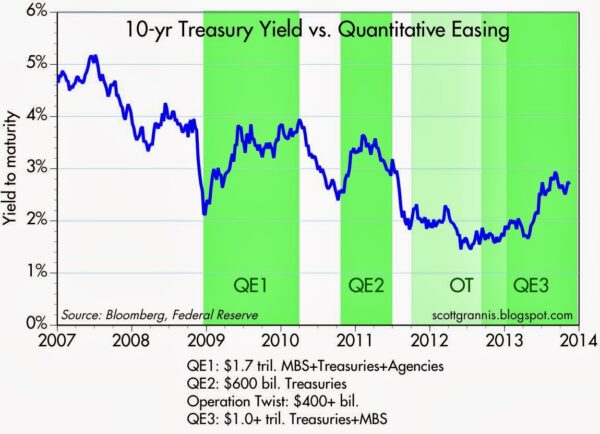
CNBC Clip Goes Viral For Unbelievable Prediction

The Prediction That Shook the Financial World
Hold onto your seats, folks! The financial world is buzzing, and the chatter is deafening. CNBC recently dropped a bombshell that has everyone from Wall Street to Main Street gasping for air. The prediction? A staggering 13% yield on the 10-year Treasury. Yes, you read that right—13%! If this comes to pass, what does it mean for mortgage rates, the housing market, and the economy at large? Let’s dive into this whirlpool of speculation and try to find some solid ground.
The CNBC Clip: A Closer Look
Rick Santelli, the man behind the prediction, is no stranger to controversy. He argues that the 10-year Treasury yield could hit 13% in the next few years. Santelli, like many of his generation, leans heavily on the teachings of Milton Friedman. But here’s the kicker: Is Friedman’s economic gospel really infallible?
Could 10-year Treasury rates hit 13%?@RickSantelli charts the path to much, much higher yields, and warns that the Fed is running out of tricks pic.twitter.com/51DfL2R6HF
— CNBC's Fast Money (@CNBCFastMoney) October 2, 2023
The Milton Friedman Angle
Santelli and his ilk, who cut their teeth in the inflationary 1970s, swear by Friedman’s theory that government spending drives inflation. But is this theory a one-size-fits-all solution to our complex economic landscape? Friedman’s theories were formed in a different era, under different economic conditions. The world has changed, and clinging to theories from the past without scrutiny is like trying to navigate today’s oceans with a map from the 1600s.
The Flaws in the Argument: A Reality Check
The 1980s: A Case Study
If government spending were the sole driver of inflation and interest rates, the 1980s should have been a disaster. Government debt doubled, yet the 10-year Treasury yield halved. How do you square that circle? The 1980s debunk the notion that there’s a direct, linear relationship between government spending and interest rates. It’s a multi-variable equation, folks, not a two-piece puzzle.
The QE Fallacy
The argument that QE artificially suppresses interest rates also falls flat. Historical data shows that interest rates actually increased during periods of QE. So, where are these bond vigilantes we keep hearing about? The bond market is not a monolith that reacts solely to government spending or central bank policies. It’s influenced by a myriad of factors, including but not limited to, global economic conditions, geopolitical tensions, and investor sentiment.

The Human Element: Cognitive Biases
The financial gurus who grew up in the 1970s are prisoners of their own cognitive biases. They’re stuck in a time warp, unable to adapt to new information. It’s not just a generational issue; it’s a human issue. We all need to be vigilant in challenging our own assumptions. The danger lies in becoming so entrenched in our beliefs that we become blind to new data. It’s like driving at full speed with a fogged-up windshield; sooner or later, you’re going to crash.
Challenge Your Assumptions
Listen up, people! This is not a drill. The financial landscape is shifting beneath our feet. Whether you’re a seasoned investor or a newbie, it’s time to challenge your assumptions. Don’t just take the word of financial pundits as gospel. Do your own research, scrutinize the data, and for heaven’s sake, think critically!
